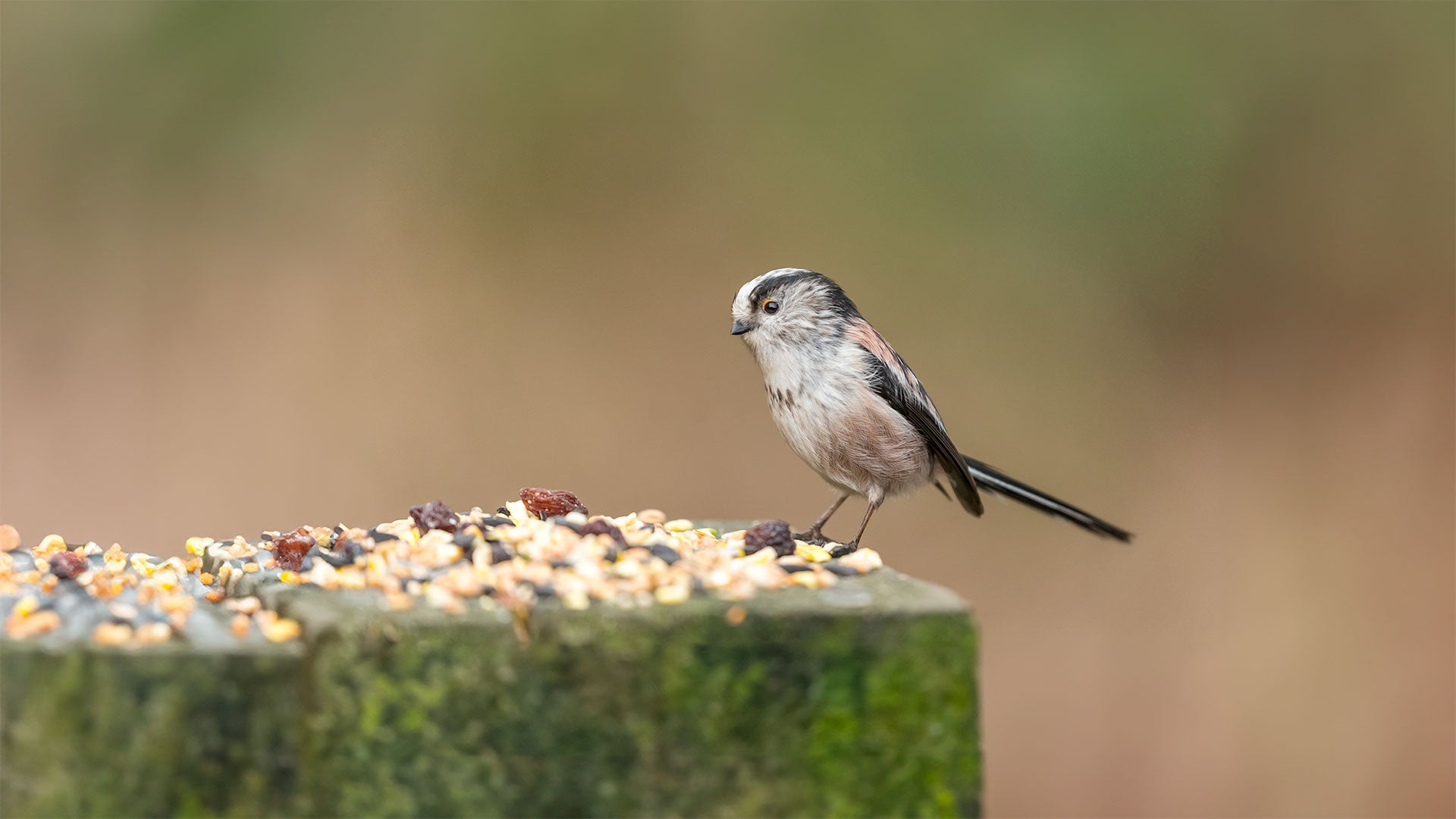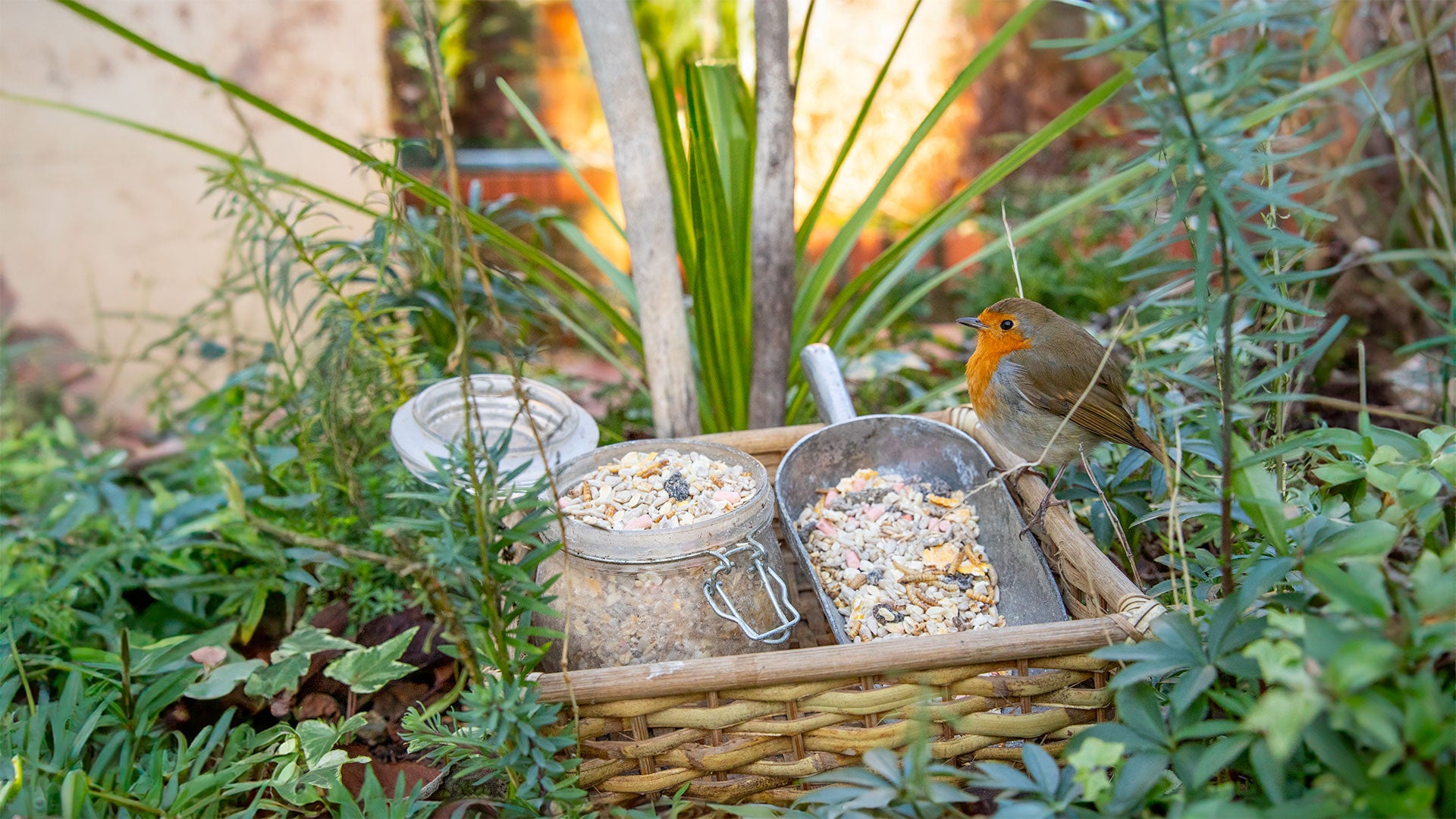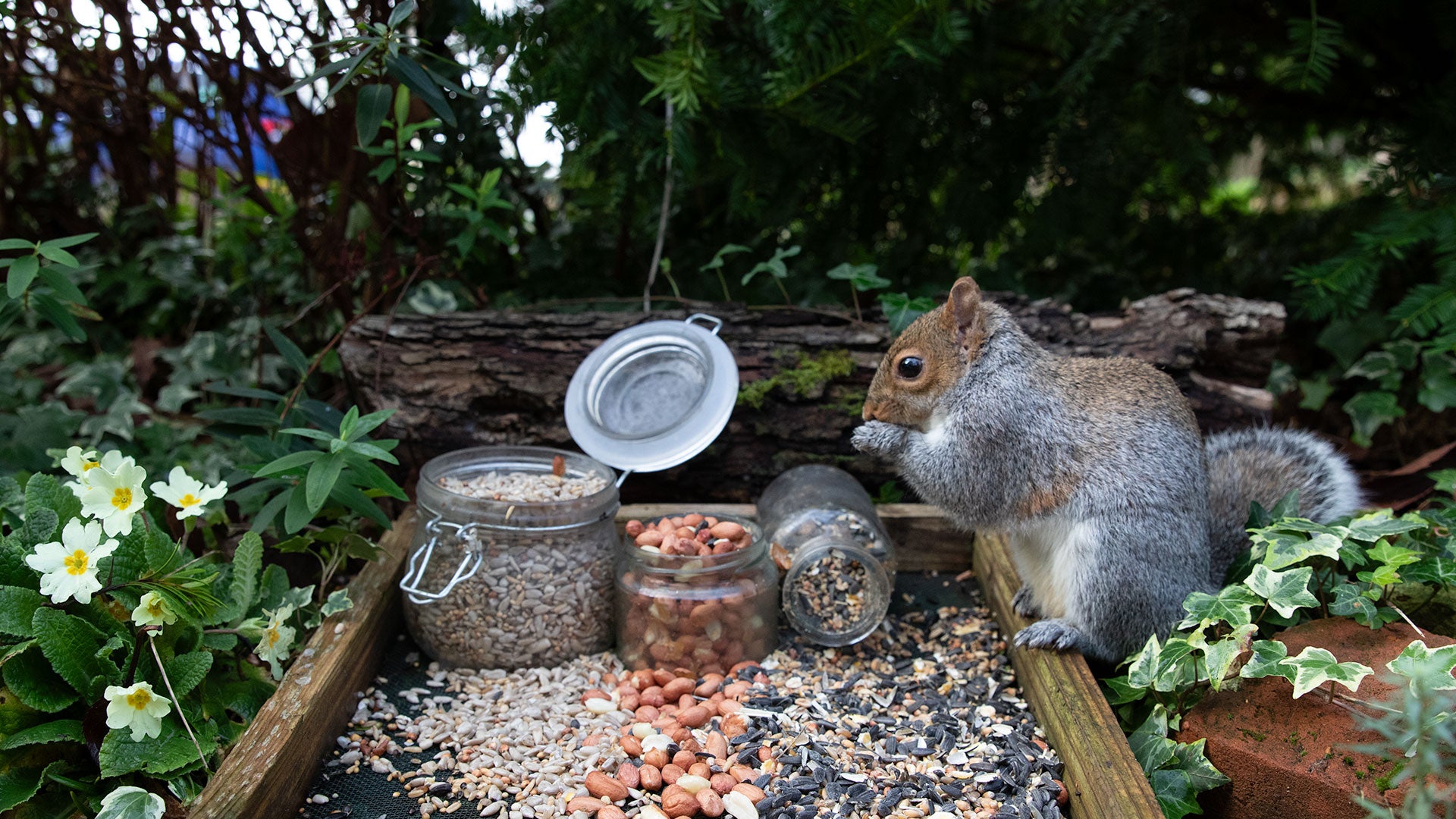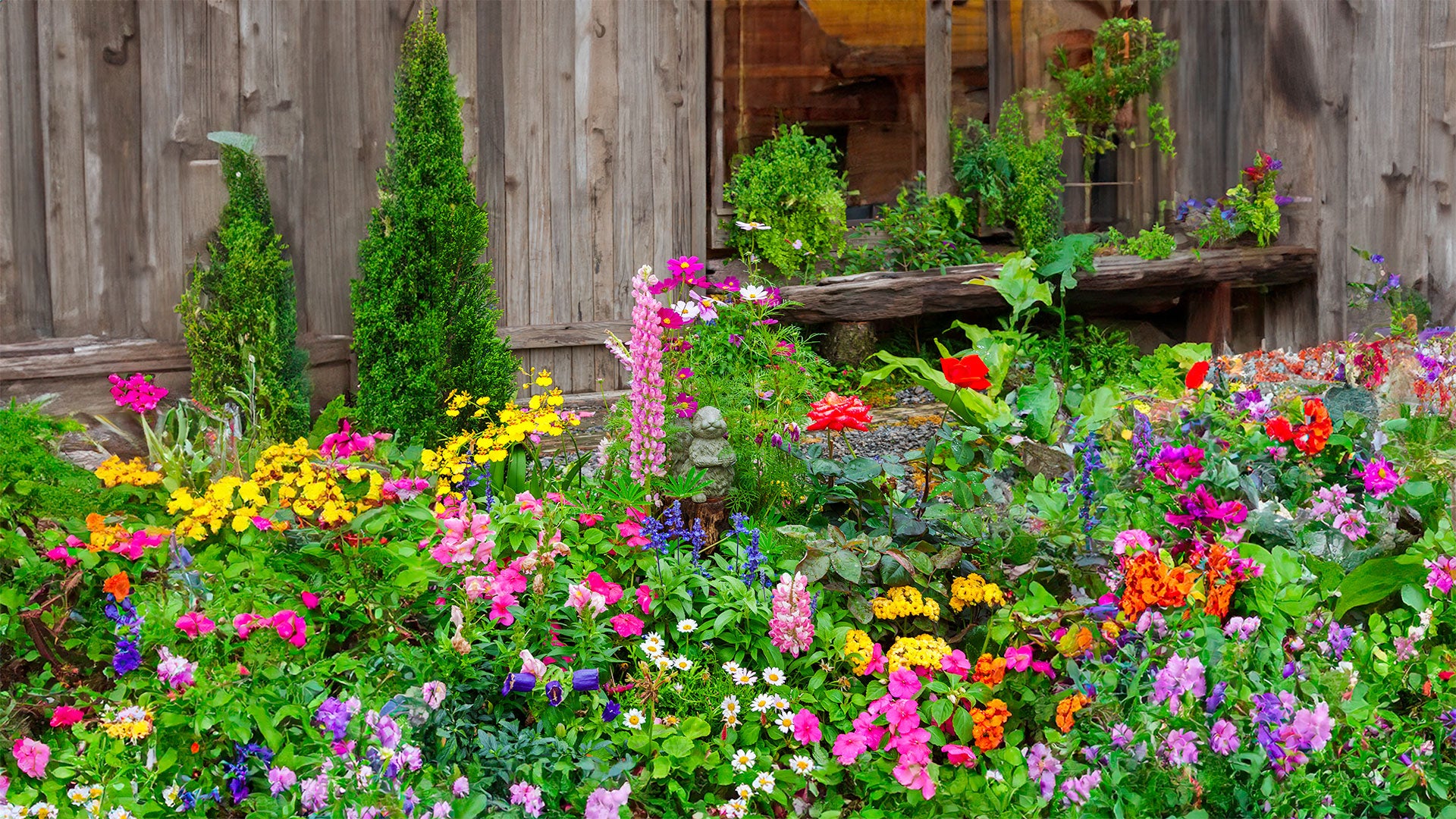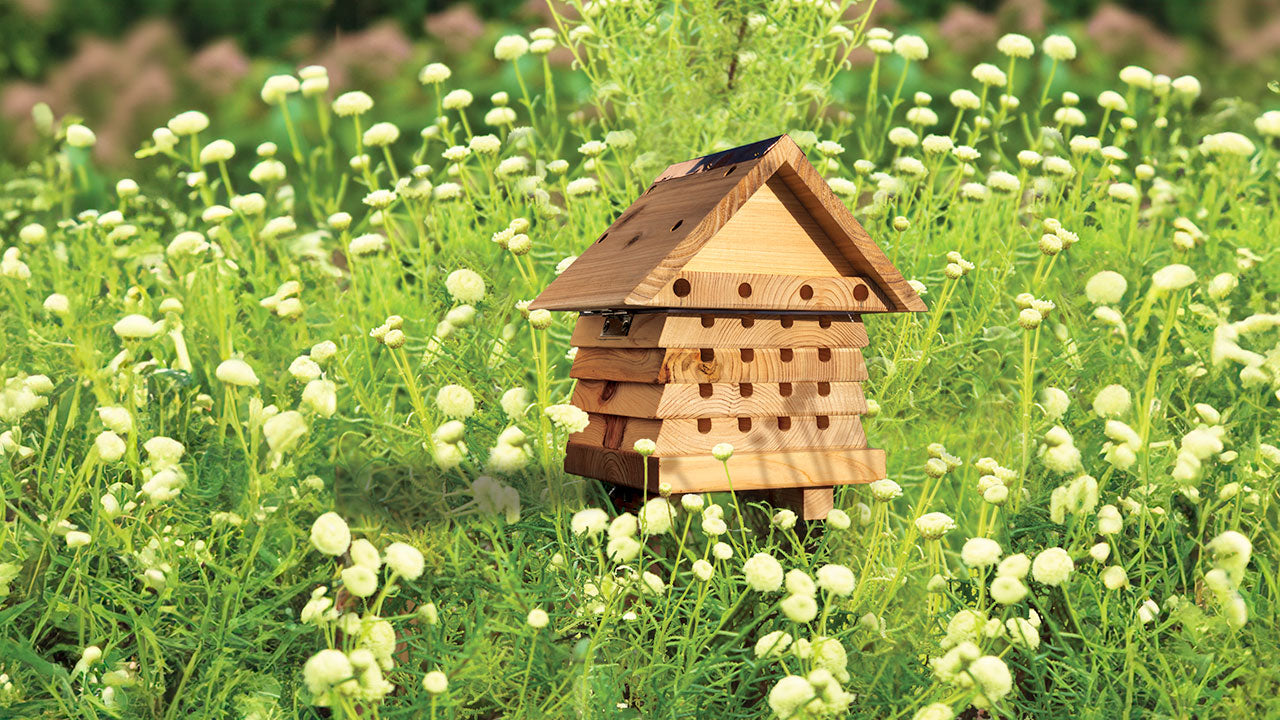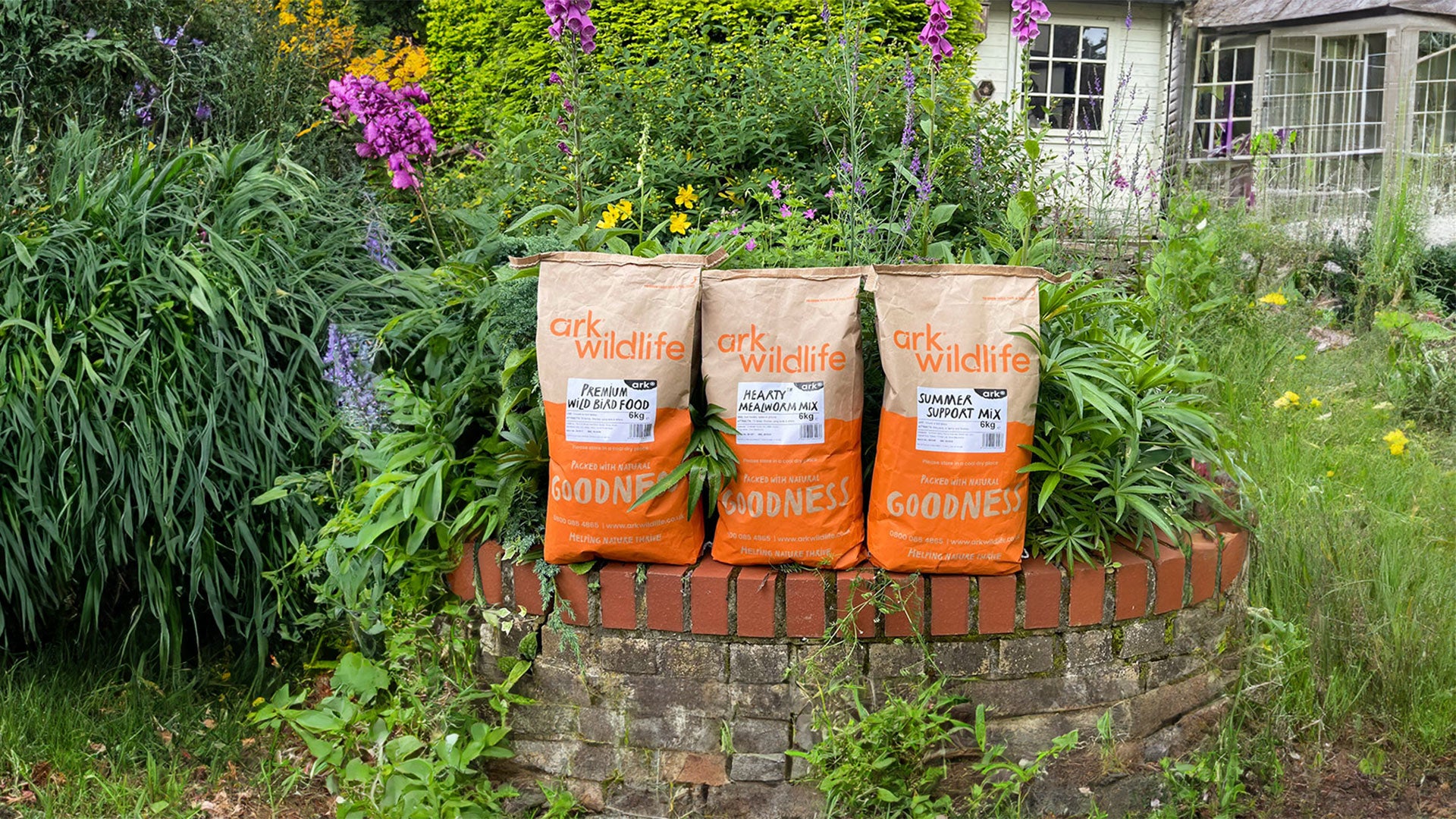At certain times of the year, starlings seem to arrive in vast numbers with an insatiable appetite eating everything in sight to the exclusion of all other birds.
Despite the apparent health of local populations, on a national level starling numbers have been in steep decline and for this reason alone we should try to accommodate their somewhat excessive behaviour. In truth, starlings should always be welcome in our gardens for their stunningly beautiful iridescent coats and their amazing ability to mimic sounds, just like parrots, often copying the loudest sounds around such as drills, mowers and phones.
Are starlings good for the garden?
Many people try to deter starlings, but they can actually be good for the garden! They eat gypsy moths and caterpillars, which are an invasive pest. The moths destroy trees and vegetation. Starlings also eat flies and fly larvae, which can become an irritation if they have multiplied in a pile of grass cuttings left near to the house for too long.
Like other birds, they also play a part in the reproduction of various plant types. They feed on fruits and berries, carrying the seeds to different areas to continue the spread.

The trouble that some bird feeders have with marauding starlings is also, usually only transient. Starlings are extremely gregarious birds, preferring to nest in colonies in house eaves, bringing large numbers of them into our gardens. They also synchronise egg laying to ensure the whole colony fledge almost simultaneously creating sudden dense flocks of very hungry juveniles and agitated parents. However by the end of July and into early August, most will have moved on back into the countryside doing a great job of devouring millions of grubs and bugs, returning our gardens to the familiar faces of tits, finches and robins.

If you have problems with starlings during the breeding season, we have an excellent range of starling proof bird feeders, specially designed to stop the long necks and beaks of starlings from reaching the food. These are not always particularly attractive but can be used during late spring to give your smaller and more timid birds a safe feeding area away from the noise and chaos of the delightful, plundering, belligerent starling hordes!
How to stop starlings eating all the bird food
As well as starling-proof bird feeders, there are other things you can consider to deter them. It’s best to combine strategies.
- Put out food that starlings won’t be interested in such as niger seeds (which can be placed in niger seed feeders) and avoid food which they love. Avoid mealworms, peanut kernels and human food such as bread and leftovers.
- Discourage starlings from nesting in your garden by choosing nest boxes that have holes less than 1.5 inches (38mm) wide — too small for starlings to fit through.
What bird food do starlings not like?
Putting out food that starlings do not like will give other birds a chance to feed in your garden. Starlings won’t eat small seeds or seeds with a hard shell. Starlings will avoid:
What time of day do starlings feed?
If you find that starlings are eating all the bird food that you put out on your bird table, make sure that you feed your garden birds early in the morning, because starlings tend to eat later in the day.

The national starling population has fallen dramatically over recent decades declining by over 50% since the 1970s. For this reason, we should all support and help this beautiful species of bird, especially when they appear in our gardens, typically during the breeding season.
We acknowledge that on a local level they can become overwhelmingly dominant, excluding all other birds from the feeding stations. Consequently, we offer a range of starling-proof bird feeders, so that you can provide a safe bird feeding haven for the smaller birds, while the starlings can squabble over food elsewhere in the garden.
What is the best food for starlings?
For those that do wish to feed the starlings that are visiting the garden, they'll appreciate the below offerings.
- Suet Pellets
- Mealworms
- Fruit
What are European Starlings?
European starlings are gregarious, social songbirds, and due to their habit of nesting in or close to houses, regularly appear in our gardens during the breeding season from mid-April onwards. They were introduced to North America during the 1890s and have since spread across the whole continent, from Alaska to Mexico, and now number more than 200 million.
Starlings are compactly built, with a short tail and long, pointed bill and pointed wings. They’re around twice the size of the house sparrow. Although they just look black from a distance, the adults actually have a green and purplish metallic sheen on the back and the breast is speckled with small, pale spots. The beak is bright lemon yellow during summer months. The young are a dull grey-brown colour with an unkempt look that gives the appearance they are larger than the adults.
The breeding season usually ends by August and starlings typically leave the garden as suddenly as they appeared, preferring the open countryside to forage for their natural diet of ground-dwelling grubs and bugs.

